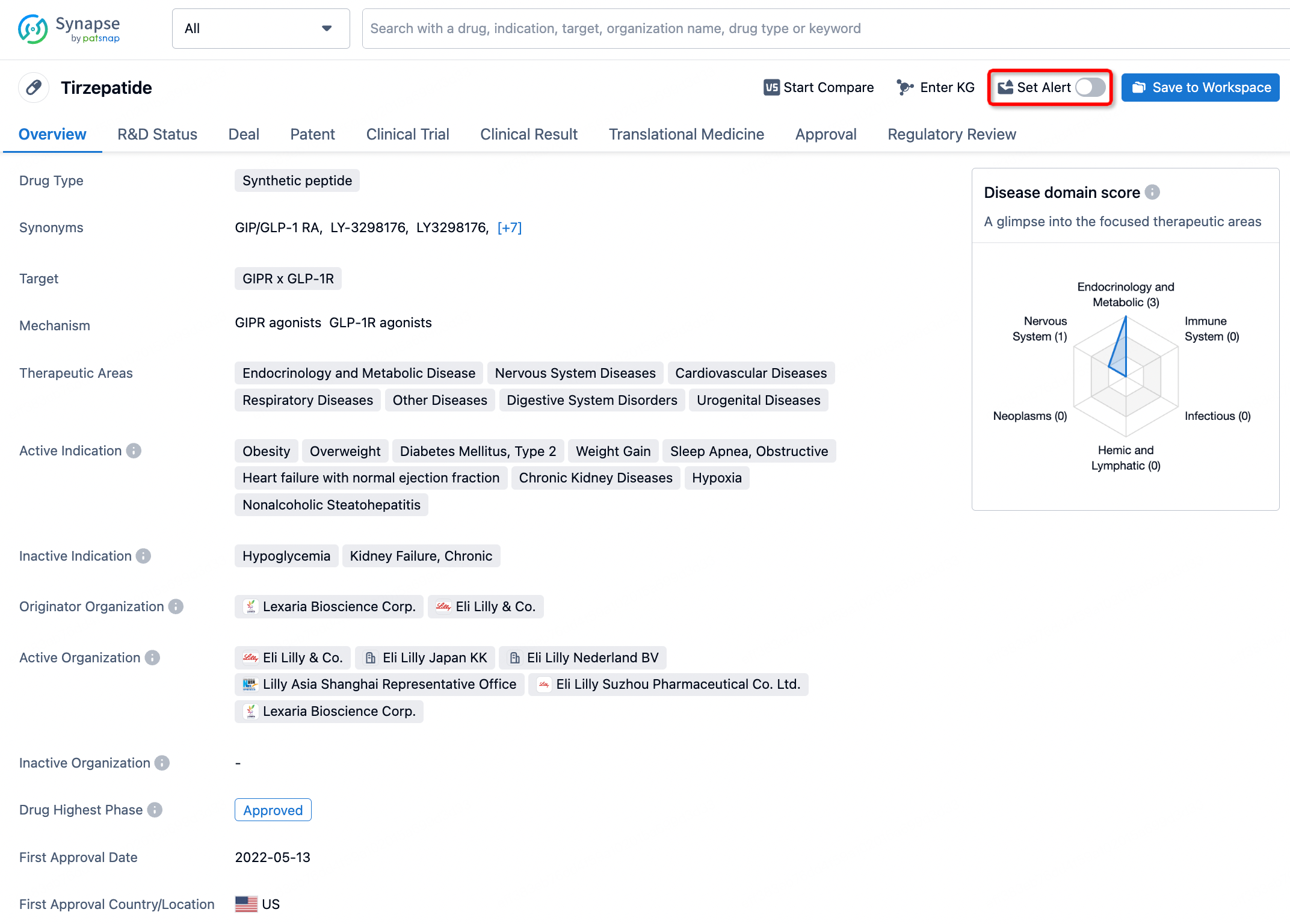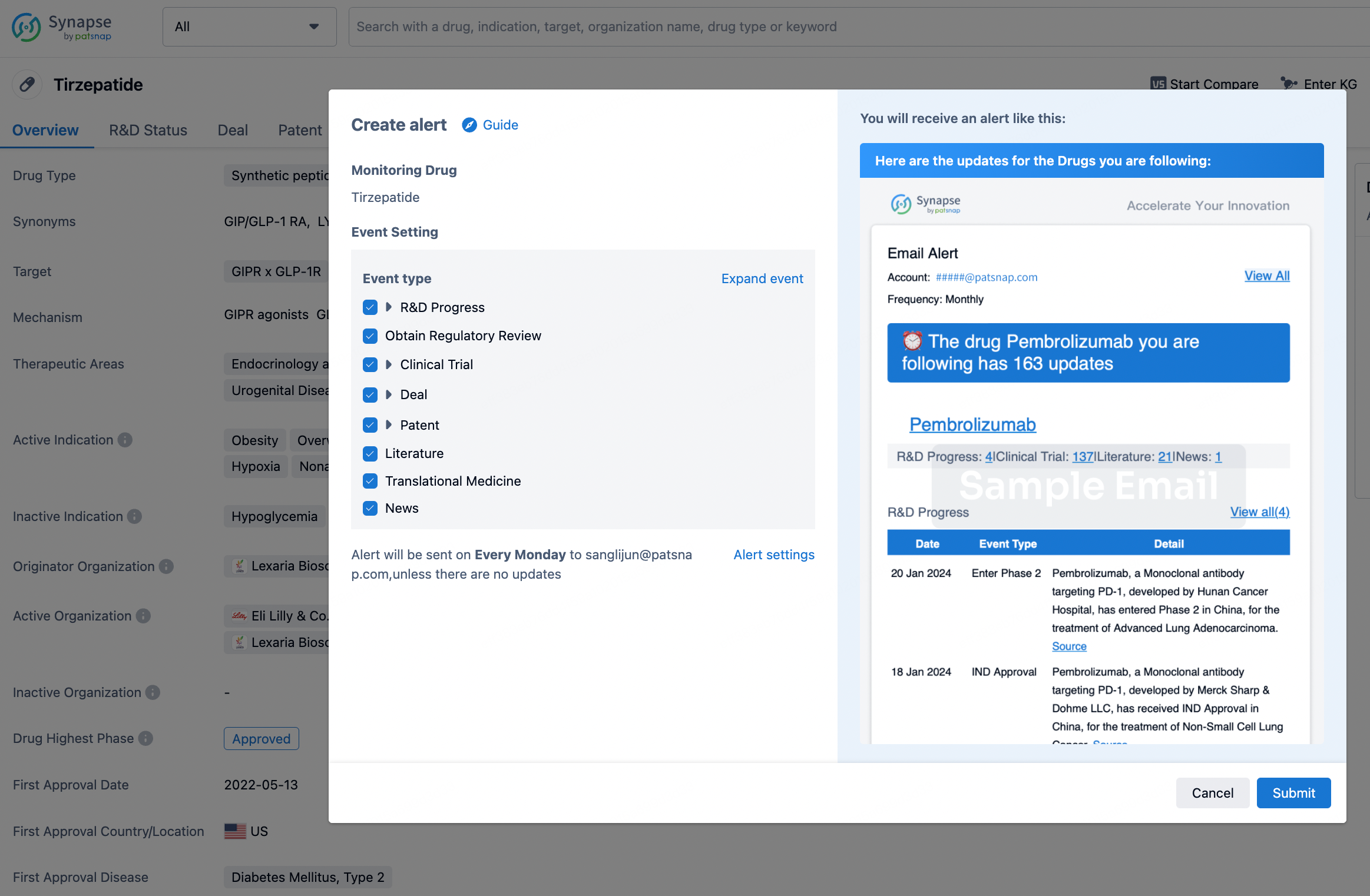Request Demo
What is the mechanism of Phenazocine Hydrobromide?
18 July 2024
Phenazocine Hydrobromide is a synthetic opioid analgesic, developed in the mid-20th century, which is primarily used for pain management. Similar to other opioids, Phenazocine operates by engaging specific receptors in the brain and spinal cord, leading to analgesic (pain-relieving) effects. This blog will delve into the mechanism of action of Phenazocine Hydrobromide, exploring its molecular interactions, pharmacodynamics, and overall impact on the human body.
The primary mechanism of action for Phenazocine Hydrobromide is its interaction with the opioid receptors in the central nervous system (CNS). The opioid receptors are part of a complex system that regulates pain, reward, and addictive behaviors. These receptors are categorized into three main types: mu (μ), delta (δ), and kappa (κ). Phenazocine Hydrobromide exhibits a high affinity for the mu-opioid receptors, which are primarily responsible for its analgesic properties.
When Phenazocine Hydrobromide binds to the mu-opioid receptors, it activates the receptor, leading to a cascade of intracellular events. This activation inhibits the release of neurotransmitters such as substance P, GABA, and glutamate, which are involved in transmitting pain signals. Consequently, the perception of pain is significantly reduced. The binding also results in hyperpolarization of neurons, making them less likely to fire and propagate pain signals.
Apart from its interaction with mu-opioid receptors, Phenazocine Hydrobromide has a minor activity at kappa and delta receptors. The kappa receptors are associated with analgesia, sedation, and dysphoria, while delta receptors are involved in modulating mood and pain. However, the primary analgesic effects of Phenazocine Hydrobromide stem from its mu-receptor activity.
The pharmacokinetics of Phenazocine Hydrobromide indicate that it is well-absorbed when administered orally, with peak plasma concentrations typically achieved within 1 to 2 hours. It undergoes extensive hepatic metabolism, primarily through the process of demethylation and hydroxylation, and is excreted primarily via the kidneys. The half-life of Phenazocine Hydrobromide ranges from 2 to 6 hours, depending on individual metabolic rates and other physiological factors.
Phenazocine Hydrobromide also exhibits some unique features compared to other opioids. It has been observed to cause less respiratory depression than morphine, which is a significant advantage in clinical settings. Additionally, it demonstrates a ceiling effect for respiratory depression, meaning that beyond a certain dose, the risk of severe respiratory depression does not increase, making it relatively safer at higher doses. However, like other opioids, it still carries risks of dependence, tolerance, and addiction, necessitating careful monitoring and controlled use.
In conclusion, Phenazocine Hydrobromide's mechanism of action primarily involves its interaction with mu-opioid receptors in the central nervous system, leading to the inhibition of pain signal transmission and reduced perception of pain. Its pharmacokinetic profile and relatively lower risk of respiratory depression make it a valuable option in pain management. Nonetheless, the potential for dependence and other opioid-related side effects requires judicious use under medical supervision. By understanding the molecular and pharmacological dynamics of Phenazocine Hydrobromide, healthcare providers can better utilize this medication to manage pain effectively while minimizing risks.
The primary mechanism of action for Phenazocine Hydrobromide is its interaction with the opioid receptors in the central nervous system (CNS). The opioid receptors are part of a complex system that regulates pain, reward, and addictive behaviors. These receptors are categorized into three main types: mu (μ), delta (δ), and kappa (κ). Phenazocine Hydrobromide exhibits a high affinity for the mu-opioid receptors, which are primarily responsible for its analgesic properties.
When Phenazocine Hydrobromide binds to the mu-opioid receptors, it activates the receptor, leading to a cascade of intracellular events. This activation inhibits the release of neurotransmitters such as substance P, GABA, and glutamate, which are involved in transmitting pain signals. Consequently, the perception of pain is significantly reduced. The binding also results in hyperpolarization of neurons, making them less likely to fire and propagate pain signals.
Apart from its interaction with mu-opioid receptors, Phenazocine Hydrobromide has a minor activity at kappa and delta receptors. The kappa receptors are associated with analgesia, sedation, and dysphoria, while delta receptors are involved in modulating mood and pain. However, the primary analgesic effects of Phenazocine Hydrobromide stem from its mu-receptor activity.
The pharmacokinetics of Phenazocine Hydrobromide indicate that it is well-absorbed when administered orally, with peak plasma concentrations typically achieved within 1 to 2 hours. It undergoes extensive hepatic metabolism, primarily through the process of demethylation and hydroxylation, and is excreted primarily via the kidneys. The half-life of Phenazocine Hydrobromide ranges from 2 to 6 hours, depending on individual metabolic rates and other physiological factors.
Phenazocine Hydrobromide also exhibits some unique features compared to other opioids. It has been observed to cause less respiratory depression than morphine, which is a significant advantage in clinical settings. Additionally, it demonstrates a ceiling effect for respiratory depression, meaning that beyond a certain dose, the risk of severe respiratory depression does not increase, making it relatively safer at higher doses. However, like other opioids, it still carries risks of dependence, tolerance, and addiction, necessitating careful monitoring and controlled use.
In conclusion, Phenazocine Hydrobromide's mechanism of action primarily involves its interaction with mu-opioid receptors in the central nervous system, leading to the inhibition of pain signal transmission and reduced perception of pain. Its pharmacokinetic profile and relatively lower risk of respiratory depression make it a valuable option in pain management. Nonetheless, the potential for dependence and other opioid-related side effects requires judicious use under medical supervision. By understanding the molecular and pharmacological dynamics of Phenazocine Hydrobromide, healthcare providers can better utilize this medication to manage pain effectively while minimizing risks.
How to obtain the latest development progress of all drugs?
In the Synapse database, you can stay updated on the latest research and development advances of all drugs. This service is accessible anytime and anywhere, with updates available daily or weekly. Use the "Set Alert" function to stay informed. Click on the image below to embark on a brand new journey of drug discovery!
AI Agents Built for Biopharma Breakthroughs
Accelerate discovery. Empower decisions. Transform outcomes.
Get started for free today!
Accelerate Strategic R&D decision making with Synapse, PatSnap’s AI-powered Connected Innovation Intelligence Platform Built for Life Sciences Professionals.
Start your data trial now!
Synapse data is also accessible to external entities via APIs or data packages. Empower better decisions with the latest in pharmaceutical intelligence.


